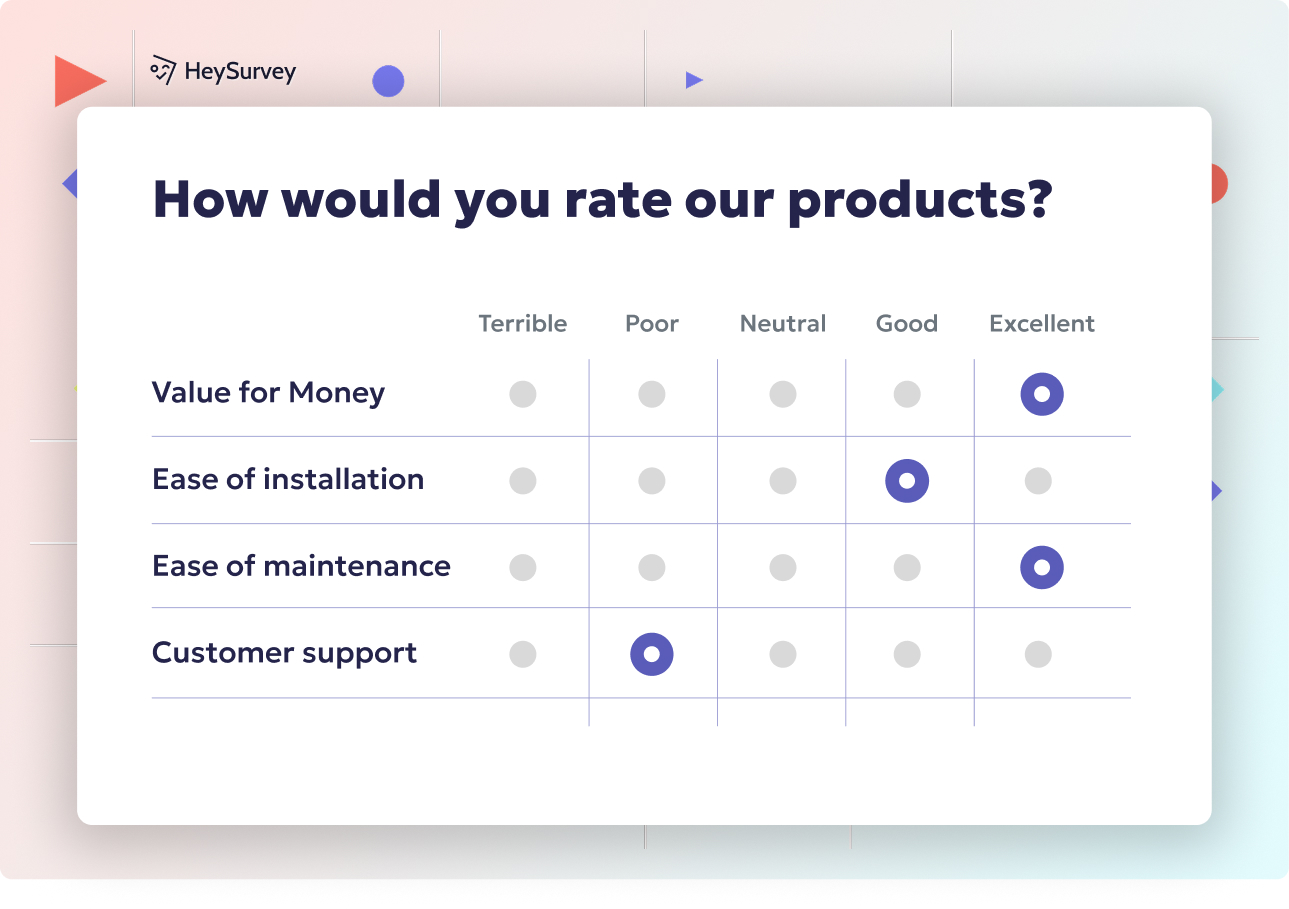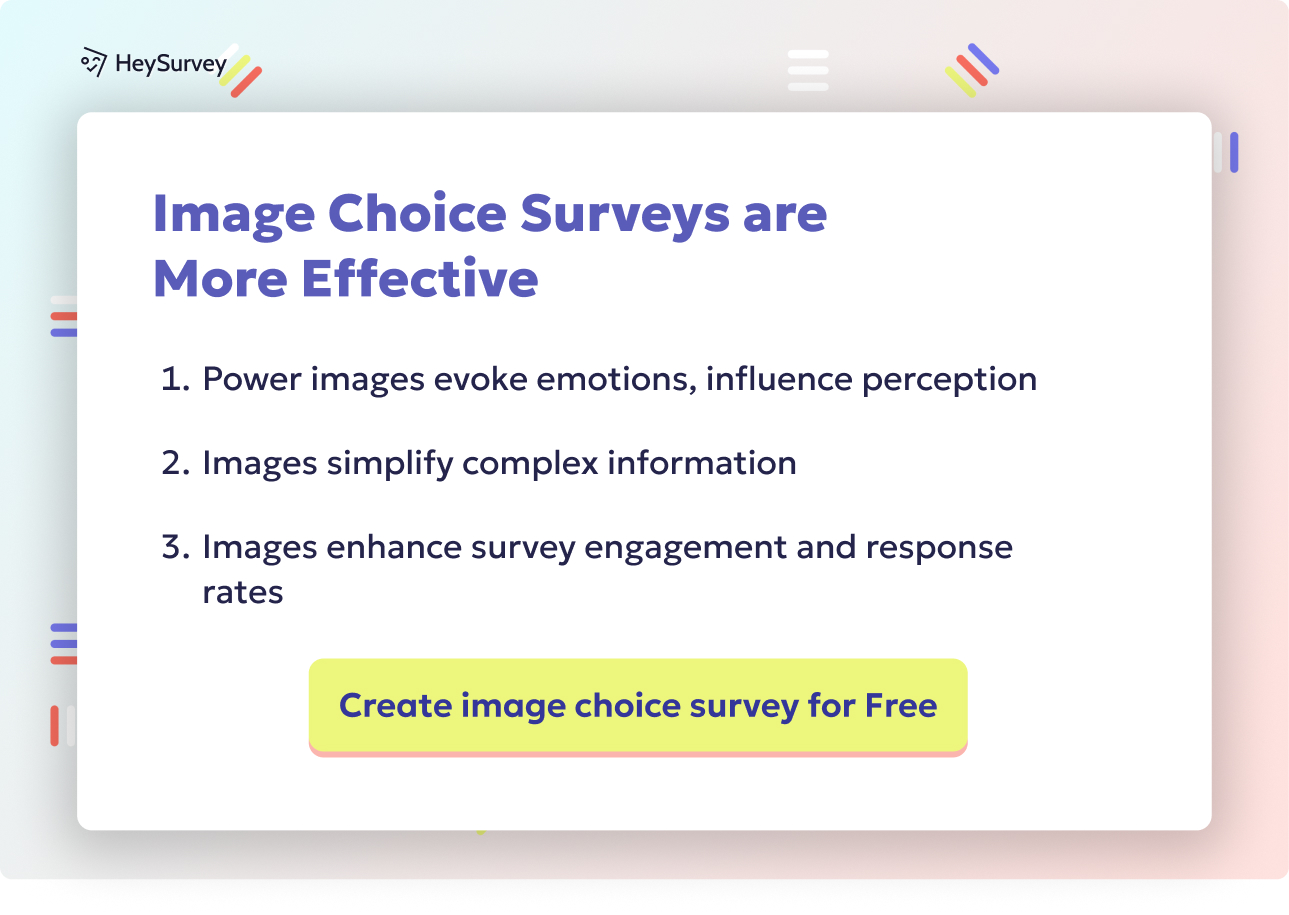31 Professional Development Evaluation Survey Questions Guide
Discover 40+ professional development evaluations survey questions with 8 types of surveys to boost learning, retention, and career growth insights.
Professional development evaluation surveys are the linchpin of learning organizations. A well-designed survey fuels continuous learning, reveals the return on training investments, and even keeps top talent from drifting away. There’s a distinct difference between evaluating a single class, an entire program, and how training ties into career growth. In this article, you'll discover eight powerful types of survey questions, each forged for unique stages in the talent development adventure.
Session Reaction Surveys (Immediate Post-Training)
Why & When to Use
Session reaction surveys are delivered right after a workshop, webinar, or certification event when feelings are still electric. You want participants’ knee-jerk reactions within the magic 24–48 hour window. That’s when observations are fresh and honest.
These surveys are your go-to tools for sniffing out immediate wins and rough spots in your session design. People remember what sizzled, fizzled, or fell flat. You’re not searching for deep philosophical insights—just straightforward gut checks while the memories still sparkle.
Fast, emotional feedback lets facilitators pivot quickly, avoiding repeating bland sessions and doubling down on the crowd-pleasers. By collecting immediate feedback, you empower agile course improvements and keep your learning products sharp.
Five Sample Questions
How satisfied are you with the overall quality of today’s session?
Which training activity was most engaging and why?
Rate the instructor’s clarity from 1–5.
List one concept you can apply immediately.
What would you change about the session length or format?
Capturing the pulse of your learners post-training is like catching lightning in a bottle. It gives you fast wins, highlights obvious fixes, and makes your training more magnetic for future sessions. If you want engagement to endure, don’t wait—ask the very next day.
Immediate post-training reaction surveys are commonly used to evaluate training effectiveness, but research indicates they may not reliably predict long-term learning or behavior change. (cdc.gov)
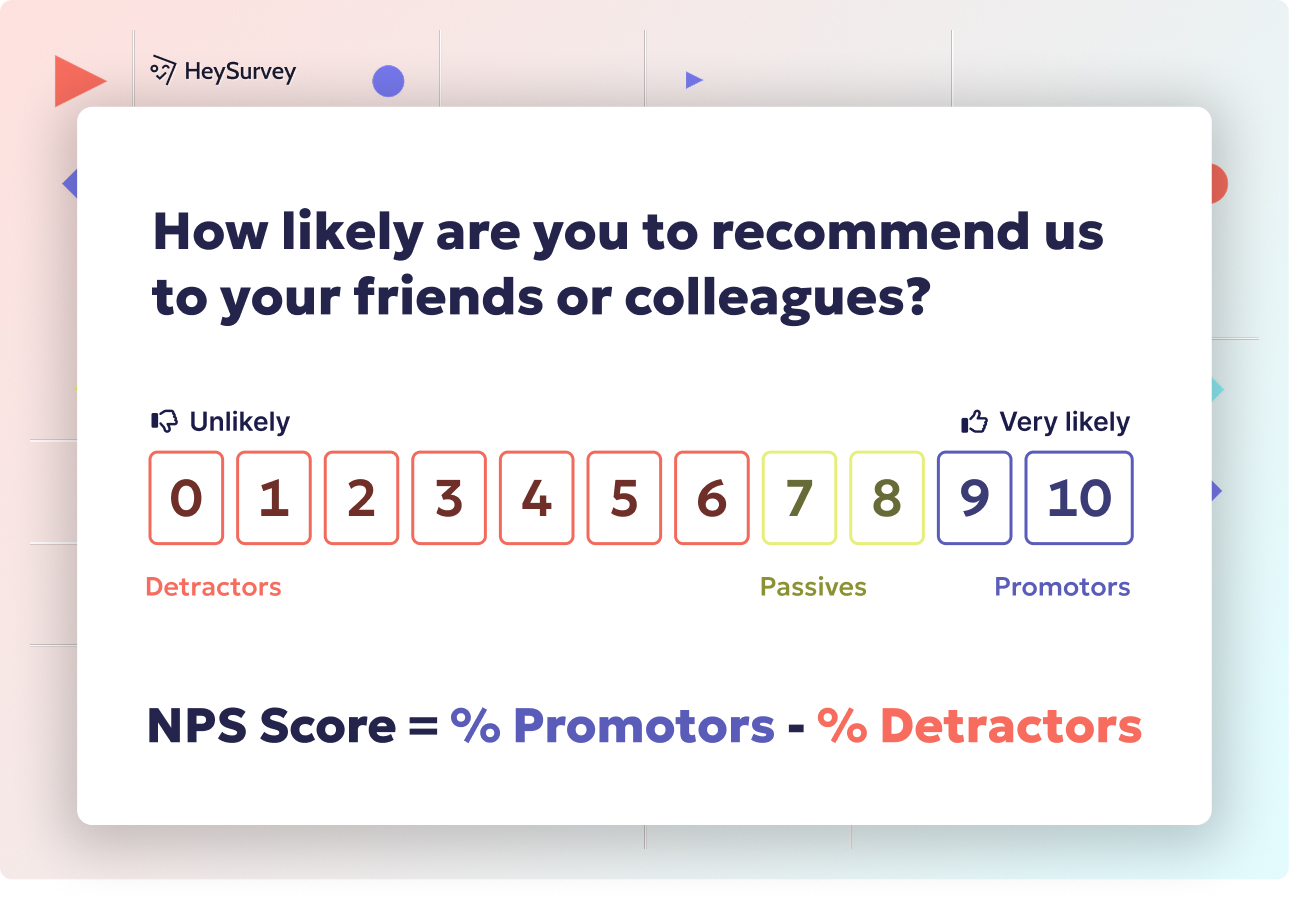
Creating a professional development evaluation survey with HeySurvey is as easy as 1-2-3! Here’s a simple step-by-step guide to get you started from scratch, even if you’ve never used HeySurvey before. Ready to open a template after these steps? Just click the button below the instructions.
Step 1: Create a New Survey
Log in or start without an account on HeySurvey.
Click Create New Survey and choose either a blank survey or pick a pre-built template that fits your evaluation purpose.
Give your survey an internal name so you can find it easily later.
Step 2: Add Questions
In the Survey Editor, click Add Question at the top or between existing questions.
Choose question types like multiple-choice, scale (1 to 5), or text input, depending on what you want to ask.
Enter the question text and, if helpful, add descriptions or images to clarify.
Mark questions as required if you want to make sure respondents answer before moving on.
Step 3: Publish Your Survey
Once you’ve added all questions, click Preview to see what your survey will look like to respondents.
Make any design tweaks in the Designer Sidebar for fonts, colors, or layouts.
When satisfied, click Publish and get your shareable survey link to distribute via email, chat, or embed on a website.
Bonus Step 4: Apply Branding
Add your company logo to the top left corner to give the survey a professional touch.
Customize colors, fonts, and backgrounds in the Designer Sidebar to match your brand identity.
Bonus Step 5: Define Settings
Set start and end dates for when the survey is active.
Limit the number of responses if needed.
Decide where respondents will be redirected after finishing (like a thank-you page).
Choose whether respondents can view summarized survey results after submitting.
Bonus Step 6: Skip into Branches
- Use branching logic so question paths change based on how a person answers. For example, if someone answers "No" to a question, you can skip them past follow-ups they don’t need.
Following these simple steps will have your professional development evaluation survey up and running quickly and smoothly with HeySurvey. Ready to start? Just tap the button below to open the perfect template!
Knowledge & Skill Acquisition Surveys (Kirkpatrick Level 2)
Why & When to Use
A knowledge retention survey zeroes in on whether learning objectives were hit out of the park. Deploy these 1–7 days post-training, after the initial storm of enthusiasm dies down but before details fade. This sweet spot is perfect for confirming that key skills landed and that participants know how to apply them.
These surveys are powerful training effectiveness metrics—proof of whether your learning design actually moved the needle. They aren’t about what people felt, but what they honestly took away and can still recall.
You’ll quickly spot which concepts are sticky, which topics need review, and where learning gaps persist. Think of it as the reality check right after the honeymoon period of your training event.
Five Sample Questions
Rate your confidence in using [specific tool/skill] after the course.
Which topic still feels unclear?
Score yourself 1–5 on applying the XYZ framework.
Select every new skill you believe you mastered.
Give an example of how you would teach this concept to a peer.
Utilizing knowledge retention surveys deepens your understanding of the actual shelf-life of your lessons. Your report cards get less about feelings and more about real capability, guiding you to tune future content for maximum impact.
A study evaluating a Primary Trauma Care course in Vietnam using the Kirkpatrick Model found that participants' multiple-choice question scores improved significantly from 60% to 77% post-training, with these gains maintained at a 6-month follow-up. (pmc.ncbi.nlm.nih.gov)
Behavior Change & On-the-Job Application Surveys (Kirkpatrick Level 3)
Why & When to Use
Four to eight weeks after training, it’s time to see if the learning stuck where it counts—in the real world. Behavioral follow-up surveys are essential for finding out what actually changed back at work. Memories of the classroom may fade, but changed behavior shouldn’t.
You’ll want feedback from both managers and learners to measure the transfer of learning into daily routines. These surveys expose not just whether people tried their new skills, but also what tripped them up along the way.
Sometimes magic happens and skills are embedded like second nature. More often, though, you’ll uncover roadblocks—time, tools, or tricky workplace politics—that block progress.
Five Sample Questions
How frequently have you used the techniques from the workshop?
What obstacles limit your application of the new skill?
Provide a recent example of changed behavior.
Rate the support you receive from your team to apply these skills.
Which additional resources would help sustain the change?
With these insights, you can adapt resources, coach managers, and ensure that investments in training don’t gather dust. Transfer of learning surveys keep everyone honest about whether your programs are powering meaningful change.
ROI & Impact Surveys (Kirkpatrick Level 4)
Why & When to Use
Three to six months post-program is the golden window for training ROI surveys. At this point, you can start to see whether hard business metrics—like sales, output, or customer happiness—shifted thanks to your learning investment.
This is ROI in living color. Impact evaluation questions directly tie learning to real wins, helping you justify program budgets and nudge strategy in the right direction.
Looking for program expansion? This is where you find the ammunition. Did your program slash errors, up productivity, or boost customer smiles? Now’s the time to collect the proof.
Five Sample Questions
Estimate the percentage increase in efficiency since training.
Which performance metric improved most?
Did the training reduce errors or rework? Explain.
Has customer satisfaction changed due to your new skills?
Would you recommend continuing this program company-wide?
With training ROI surveys, you can move the conversation about learning out of the soft and squishy and straight into hard results. It’s where learning leaders win their seat at the strategy table.
A study found that 90.5% of training professionals cited difficulty accessing necessary data as a major barrier to conducting Level 4 evaluations. (academia.edu)
Career Growth & Goal Alignment Surveys
Why & When to Use
An annual career development survey is your map and compass for workforce growth. When development planning rolls around, this tool helps employees chart a path between today’s training and their dream jobs.
These surveys are your secret weapon for surfacing misalignments—when staff ambitions and available learning opportunities are out of sync. They shed light on where career aspirations might be running ahead of what you’re offering or supporting.
You’ll get a picture of which skills matter most, which courses hit the spot, and how often people have real, meaningful conversations about their goals with their managers.
Five Sample Questions
Which career milestone do you aim to reach within two years?
How effectively does current training support that goal?
Rate the relevance of offered courses to your desired role.
What additional competencies would accelerate your growth?
How often do you discuss career goals with your manager?
With employee growth alignment front and center, learning programs transform from generic to genuinely personal. This boosts engagement and helps talent blossom exactly where you need it.
Skill Gap Analysis Surveys
Why & When to Use
A skill gap survey is your annual wake-up call. Before launching expensive new programs or starting a new fiscal year, you’ll want to identify where your team is skating on thin ice.
These surveys use training needs analysis as their backbone, pairing self-ratings with manager assessments to shine a floodlight on mismatches. You get laser-focused priority lists for your next round of content creation.
Instead of guessing which upskilling initiatives to tackle, you’re basing decisions on the real, lived experiences and ambitions of your workforce. That’s development driven by facts, not fads.
Five Sample Questions
Self-rate your proficiency in [skill] on a 1–5 scale.
How critical is this skill to your current role?
Manager: Rate the employee’s current proficiency in the same skill.
Identify top three skills you need to advance.
Which delivery format would best close these gaps (online, mentoring, etc.)?
Skill gap survey questions make training investments razor-sharp. They're your first and best defense against wasted resources and outdated learning paths.
360-Degree Professional Development Feedback Surveys
Why & When to Use
A 360 feedback survey gives you the full mirrorball—collected insight from peers, managers, and direct reports. It’s the annual tune-up for individual growth, especially after leadership bootcamps or major projects.
This is the ultimate act of multi-rater evaluation. You’ll build self-awareness and can craft sparkling individual development plans that are grounded in how others actually experience the person at work.
Done right, these surveys help build trust, uncover secret superpowers, and point out blind spots—all in one go.
Five Sample Questions
How effectively does [Name] communicate expectations?
Describe a strength you notice in [Name]’s leadership style.
What is one area for improvement?
Rate [Name]’s collaboration across departments.
How consistently does [Name] seek and act on feedback?
By weaving in wide-angle views into the multi-rater evaluation, you avoid tunnel vision and set professionals on a trajectory toward informed, authentic greatness.
Manager Perception Surveys
Why & When to Use
A manager follow-up survey is a guardian of training ROI. Four to six weeks after the dust settles, it’s their turn to report what’s really changed and what still needs fine-tuning.
You’re uncovering not just performance upticks, but also coaching or resource roadblocks that might prevent staff from flourishing. This makes the survey a linchpin for continuous feedback and personalized support.
Managers’ private perspective is precious—since they have the best view of the ripple effects training causes.
Five Sample Questions
Which new behaviors have you observed in your team member?
How confident are you in coaching this skill further?
Rate the improvement in performance KPIs since training.
What additional support would help sustain progress?
Would you endorse this program for other teams?
When you collect post-training coaching feedback, you make sure your programs are never left on autopilot. The conversation becomes ongoing, nurturing both staff performance and managerial excellence.
Best Practices / Dos and Don’ts for Professional Development Evaluation Surveys
Dos
Survey best practices can’t be skipped! Get more—and better—feedback by following these tried-and-true rules:
Segment audiences: Tailor questions for new hires, managers, or senior staff.
Keep surveys under 10 minutes: Time is precious, and brevity boosts response rates.
Mix quantitative & qualitative questions: Combine ratings with open comments for depth and data.
Always close the feedback loop: Share results and planned actions to keep trust high.
Don’ts
On the flip side, there are a few questionnaire design landmines to dodge:
Don’t force participants to rank items if they haven’t experienced all options.
Never ignore the importance of anonymity—feedback is more honest if respondents feel safe.
Keep things jargon-free; not everyone speaks HR-speak.
Don’t blast surveys at random—timing is everything for meaningful feedback cadence.
Technical Tips
Sprinkle in survey design tips to super-charge usability:
Clear, intuitive rating scales prevent confusion.
Use a mobile-friendly layout for on-the-go staff.
Stay updated with legal compliance measures like GDPR for privacy and EEOC for fairness.
Building professional development evaluation surveys is part science, part art, and all about capturing the right data at the right time. Stay flexible, keep your tone inviting, and always remember the magic of a well-crafted question.
Conclusion
A thriving learning culture is built on the continuous collection and application of feedback through carefully crafted professional development surveys. Each survey type spotlights a different stage in the journey, ensuring nothing important slips through the cracks. Remember, the right question asked at the right time makes all the difference. Mix, match, and adapt to your organization’s rhythm. That’s how you unleash the true power of professional development.
Related Training Survey Surveys

25 Knowledge Survey Questions Examples for Effective Testing
Explore 25+ knowledge survey questions examples across 7 types, with tips on crafting high-impact...
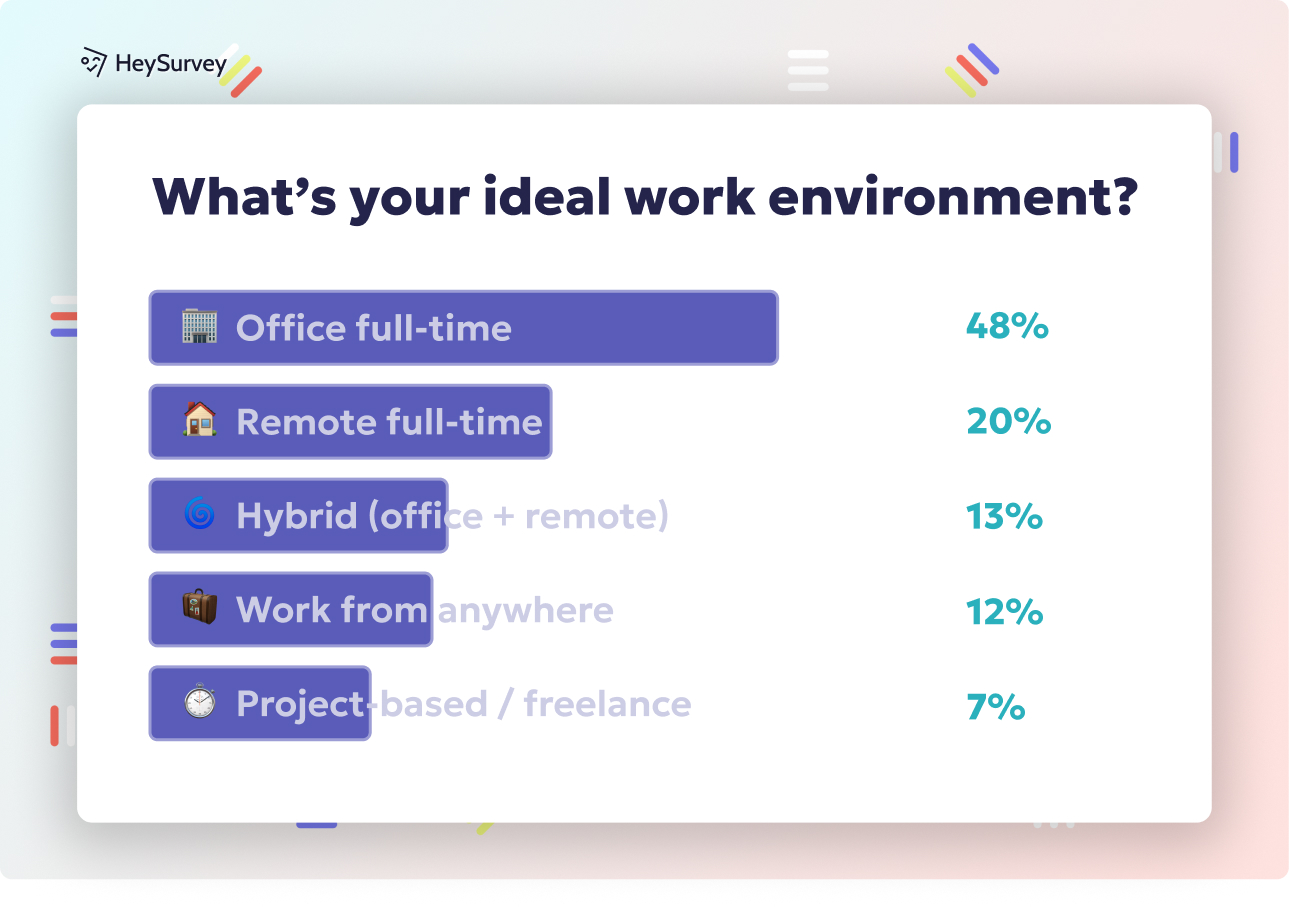
32 Coaching Survey Questions: Types, Uses & Examples
Explore 25+ coaching survey questions across key types to boost coaching impact, measure success,...
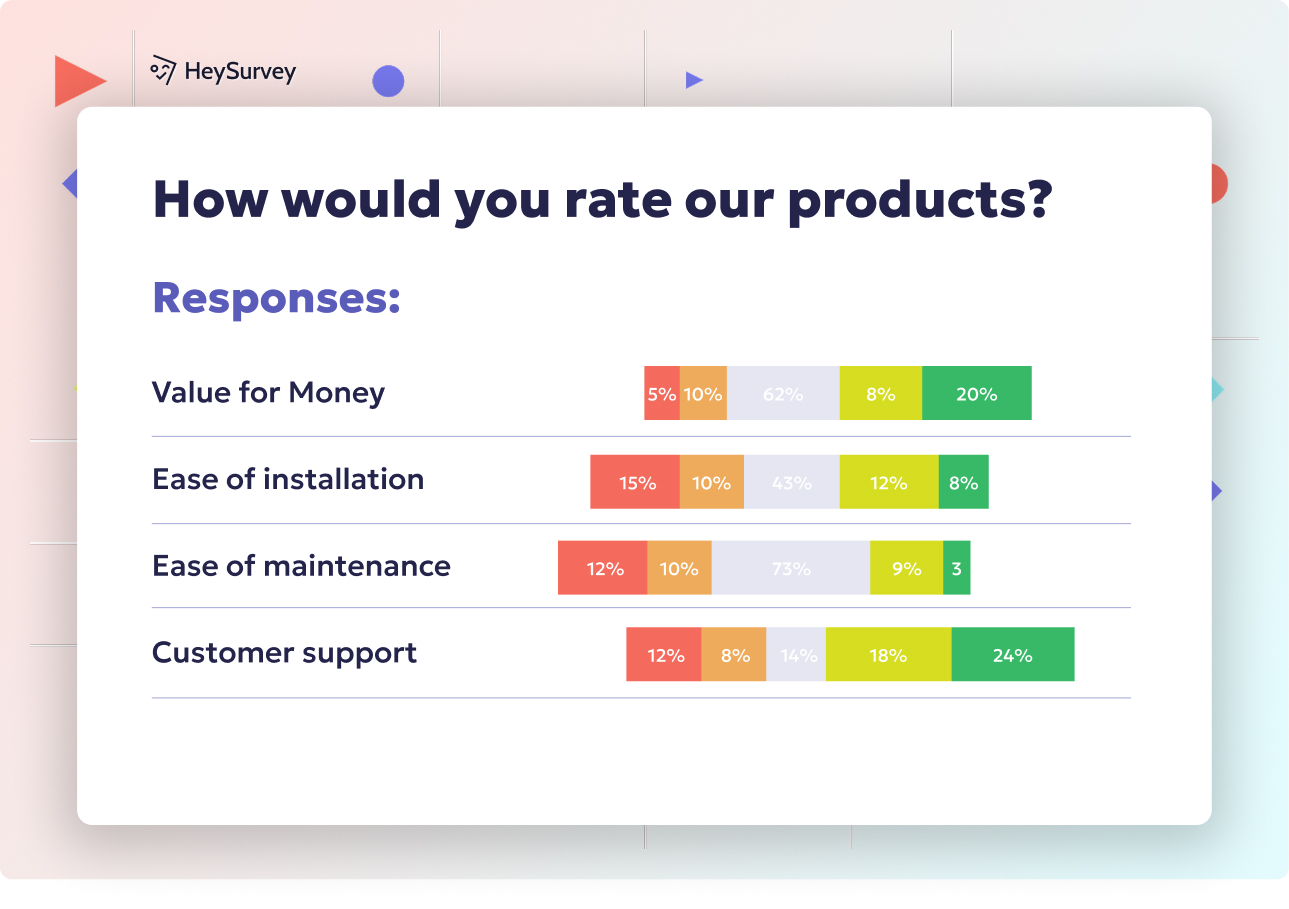
25 Pre-Course Survey Questions to Gather Learner Insights
Discover 25+ pre course survey questions designed to gather actionable learner insights, boost en...

